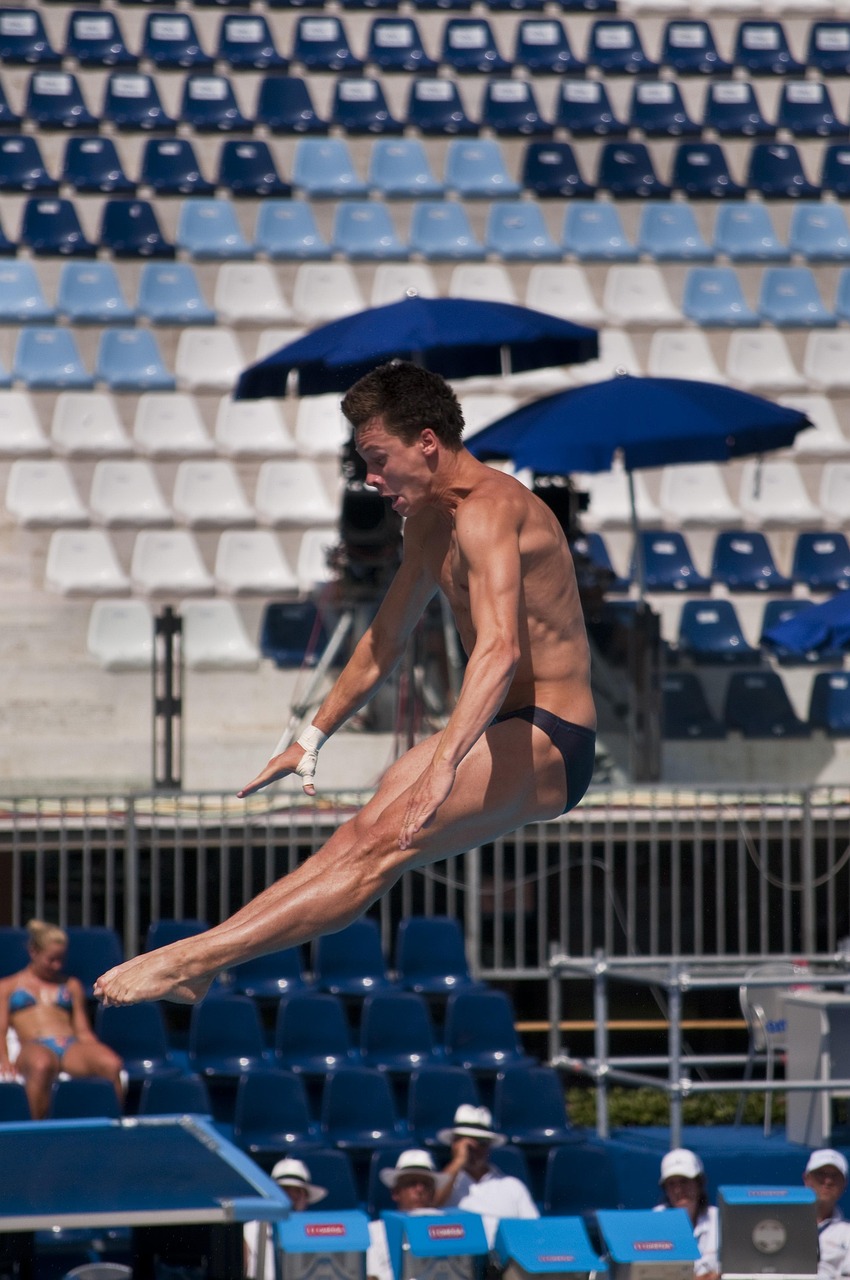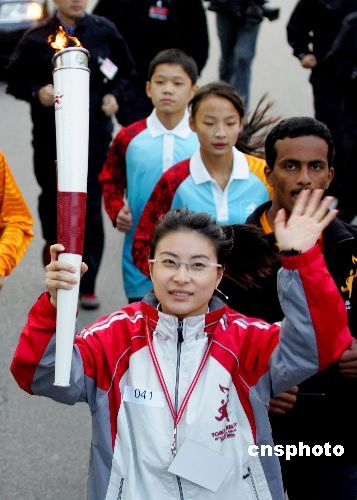体育学cssci期刊目录
Exploring Sports Sciences: CSSCI Journals
CSSCI (Chinese Social Sciences Citation Index) journals play a crucial role in disseminating research findings and advancing knowledge within various academic disciplines, including sports sciences. In the realm of sports sciences, CSSCIindexed journals serve as platforms for researchers to publish their studies, share insights, and contribute to the collective understanding of various aspects related to sports and physical activities.
Understanding CSSCI Journals in Sports Sciences
What are CSSCI Journals?
CSSCI Journals are academic periodicals indexed in the Chinese Social Sciences Citation Index, which is part of the Chinese Academy of Social Sciences (CASS). These journals undergo rigorous evaluation and selection processes to ensure highquality content and scholarly rigor.
Importance of CSSCI Journals in Sports Sciences
1.
Credibility and Recognition
: Being indexed in CSSCI lends credibility and recognition to sports sciences journals, signaling to researchers, practitioners, and institutions the quality and relevance of the published research.2.
Visibility and Impact
: CSSCI indexing enhances the visibility of sports sciences research within the academic community, potentially increasing citations and impact.3.
Contribution to Knowledge
: By publishing in CSSCIindexed journals, researchers contribute to the body of knowledge in sports sciences, addressing critical issues, proposing innovative methodologies, and advancing theories.Notable CSSCI Journals in Sports Sciences
1. Journal of Beijing Sport University (体育科学学报)
Focus
: This journal covers a wide range of topics within sports sciences, including exercise physiology, sports psychology, sports biomechanics, sports sociology, and more.
Impact Areas
: It publishes original research articles, reviews, and theoretical studies, contributing to both theoretical development and practical applications in sports sciences. 2. Journal of Tianjin University of Sport (天津体育学院学报)
Scope
: This journal focuses on interdisciplinary research in sports sciences, encompassing areas such as sports management, sports medicine, physical education, and sports culture.
Research Diversity
: It welcomes submissions that explore the intersection of sports with various societal, cultural, and healthrelated issues, fostering interdisciplinary dialogue and collaboration. 3. Journal of Wuhan Institute of Physical Education (武汉体育学院学报)
Emphasis
: This journal emphasizes research that addresses contemporary challenges and developments in sports sciences, with a particular focus on innovative methodologies and practical implications.
Practical Applications
: It encourages studies that have practical relevance to sports professionals, policymakers, and educators, aiming to bridge the gap between theory and practice in sports sciences.Strategies for Publishing in CSSCI Journals

1.
Quality Research
: Conduct rigorous and original research that contributes significantly to the field of sports sciences.2.
Adherence to Guidelines
: Familiarize yourself with the submission guidelines and formatting requirements of the target CSSCI journal.3.
Clear and Concise Writing
: Ensure clarity, coherence, and precision in presenting your research findings and arguments.4.
Engage with the Literature
: Situate your research within the broader context of existing literature, highlighting its novelty and significance.5.
Peer Review Process
: Be prepared for a thorough peer review process, incorporating feedback and suggestions from reviewers to enhance the quality of your manuscript.Conclusion
CSSCIindexed journals play a pivotal role in advancing research and scholarship in sports sciences, providing platforms for researchers to disseminate their findings, engage in scholarly discourse, and contribute to the collective understanding of sportsrelated phenomena. By publishing in CSSCI journals, researchers can amplify the impact of their work, foster interdisciplinary collaborations, and contribute to the continual growth and development of sports sciences.
体育资讯
MORE>-
02-23DeepSeek,探索你的安全感,究竟需要多少钱?
-
02-23雄鹿与凯尔特人的对决,篮球赛场上的传奇对决与智慧较量
-
02-23德甲球队之间的微妙平衡,竞技、友谊与合作关系的交织
-
02-23乌克兰稀土真相揭秘,探寻资源背后的真相
-
02-23揭秘全明星名人赛,一场星光熠熠的体育与娱乐盛宴
-
02-23浙江人家中的温馨雪人梦
-
02-23足球世界的奇遇,乌拉圭与加纳——碰撞中的荣耀与挑战
-
02-23东亚杯上的足球较量,中澳对决,技术与意志的较量
-
02-23菲尔普斯的泳池传奇,探索蝶泳的魔法与技巧
-
02-23揭秘欧洲篮球瑰宝,比利时女篮——坚韧与荣耀的完美结合
-
02-23火箭22连胜,火箭队的超级马拉松与篮球界的新里程碑
-
02-23难哄中的性骚扰不该成为流量密码
-
02-23人与10辽足,足球魅力下的社区融合与传承
-
02-22揭秘U22亚洲杯,足球版的青春风暴,未来之星的磨砺场
-
02-22揭秘德甲赛场,那些熠熠生辉的球队与他们的传奇故事
- 搜索
- 最近发表
-
- 从舞台到现实,一位勇敢的女士在角色扮演中的故事与启示
- 提升自我,深度解析单节37分背后的教育启示
- DeepSeek,探索你的安全感,究竟需要多少钱?
- 音乐双子星,张玉宁与曲乐恒,点亮足球场上的音符魔力
- 痛失巨匠,修波专家不幸辞世,交通安全的警钟长鸣
- 霍华德,篮球殿堂的盖帽大师——揭秘他的十佳时刻
- 两岁男童托育园午睡时身亡,死因公布引发的社会反思
- 揭秘乒乓球世界排名,策略与技巧的深度解析
- 王一博,热烈人生的不断超越与闪耀第一的光芒
- 回溯篮球之巅,2012年NBA总决赛的激情与荣耀
- 警惕无声的健康杀手,癌症的早期预防与发现
- 雄鹿与凯尔特人的对决,篮球赛场上的传奇对决与智慧较量
- 特朗普撤换美军最高将领,决策背后的战略考量与影响
- 德甲球队之间的微妙平衡,竞技、友谊与合作关系的交织
- 替身女演员受伤,漂白剧组深表歉意
- 深度解析,新浪NBA中文网——篮球爱好者的全方位资讯宝库
- 悲剧交织,美女网红英勇救人后溺亡,母亲不幸遭遇车祸
- 全球视野下的足球风暴,国际搜狐体育带你揭秘世界足坛的风云变幻
- 乌克兰稀土真相揭秘,探寻资源背后的真相
- 揭秘全明星名人赛,一场星光熠熠的体育与娱乐盛宴





